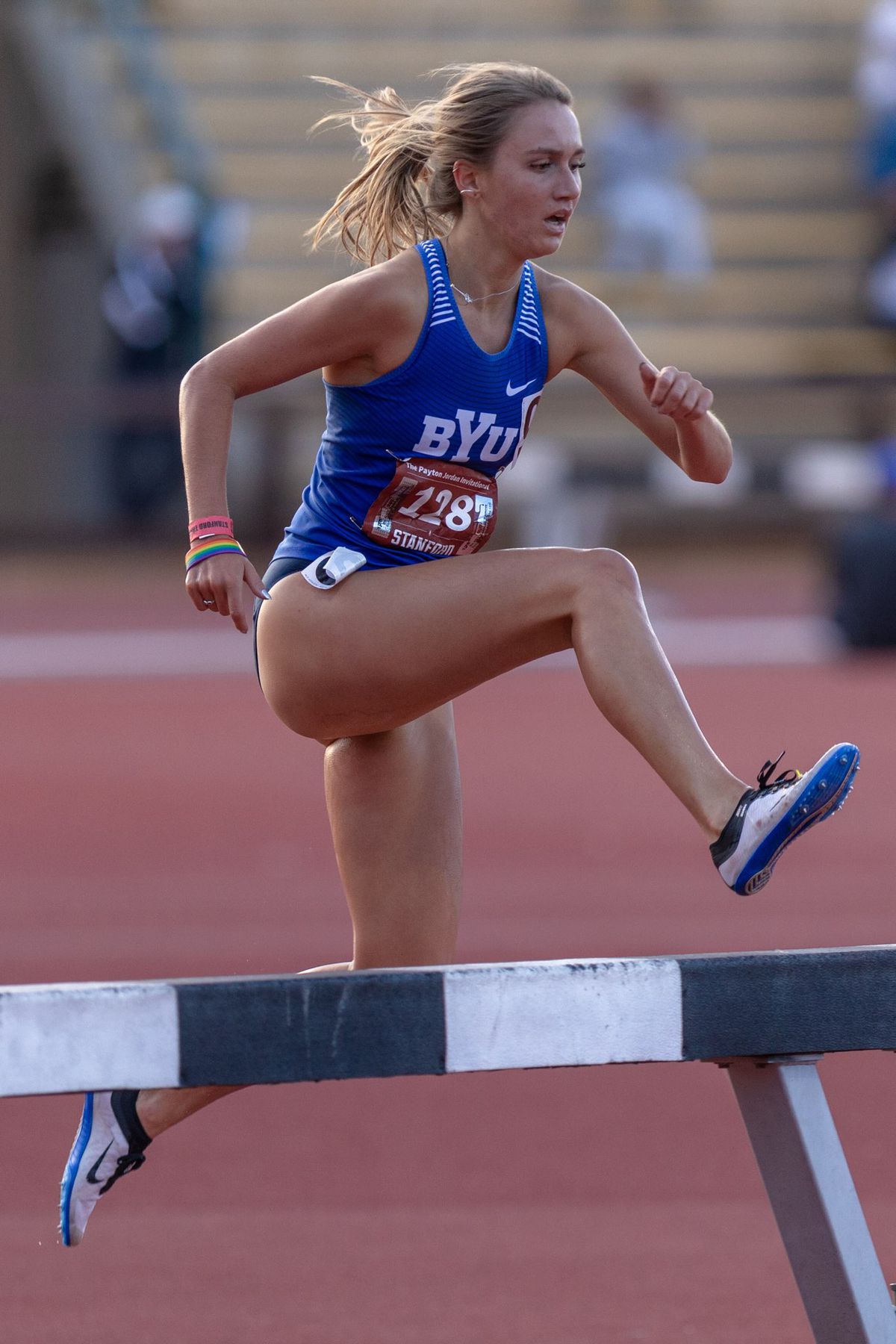
Female athletes face many hurdles. Women were historically not allowed to compete at professional levels or participate in leagues. They were considered too weak to participate in high-impact sports and too busy with their families. Only three jobs were available to women in sports: secretarial, teaching, and crossing guard.
Fewer opportunities
Many women are less likely to be involved in sports than their male peers. This is often due to the stigma that female athletes face. This stigma does not only affect certain geographic areas or conferences. It can also reflect the fact that girls in low income communities often lack opportunities and resources to play sports.
Media attention less
Despite the fact that women athletes make up more of professional athletes than their male counterparts, they still get less media attention than their male counterparts. This is despite female athletes putting in the same amount of work as male athletes. Female sports generally receive less media coverage than their male counterparts, and more attention is given to talent and appearances than to individual achievements.
Less expectations
There may be several factors that influence the participation of women in sports. Female athletes have a lower threshold for entry to sports that are often dominated by male athletes. These differences could be due to biological differences, or differential socialization between boys and girls.
Transgender girls compete in sports
Since the IOC first introduced trans policies nearly two decades ago, lawmakers have sought to ban transgender females from playing recreational sports. Transgender women are subject to disproportionate discrimination, harassment, violence and so attempts to ban them from playing recreational sports are transphobic, dangerous and counterproductive.
Title IX
Title IX, which is a federal law, protects women's sports rights. Women from historically marginalized communities have not received the benefits of Title IX as well as they should. A study by Women's Sports Foundation found that girls from predominantly minority schools have only 67% access to athletic opportunities, while 82% of girls from predominantly white schools have this same access.
Flo's advocacy of female athletes
Flo McLean was the seventh of eleven children. She grew up in Los Angeles. She was told from an early age that she needed to act quickly in order to obtain what she desired. She moved to Watts with her mother after her parents divorced. Watts is a poor and over-policed area. She eventually found her way to Sugar Ray Robinson Youth Foundation. This foundation provided youth with athletic opportunities.